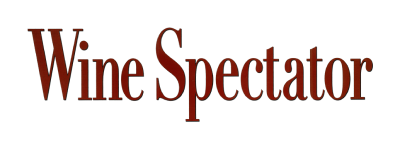AXA Millésimes
History
Château Pichon Baron is a Second Grand Cru Classé of Pauillac. It has belonged to AXA Millésimes since 1987, and the aim has always been to help wines reach their full potential.
The Pichon Baron estate has 73 hectares of high quality gravelly soil. With a low nutrient content and plentiful water, the vines are nourished and have an average age of 35 years.
The estate grows multiple grape varieties: 65% Cabernet Sauvignon, 30% Merlot, 3% Cabernet Franc and 2% Petit Verdot. All the vineyards are divided into separate plots and each received specific care, catered for its unique profile and makeup.
The best land, "Butte de Pichon Baron”, with its old vines, is dedicated to the production of the Grand Vin. It is the estate’s most historic plot and dates back to 1694, when the wine was first produced. Pichon Baron also has two second wines: Les Tourelles de Longueville and Les Griffons de Pichon Baron.
Technology
Harvesting is only done by hand, as this means the grapes are kept in the best condition. The bunches are selected according to the variety, age of the vines and the site. This selection process is extremely vigilant and is reflected in the quality of wine it produces.
When the grapes arrive at the winery, they are placed in vats. Vinification begins by macerating the skin and pulp of the grapes; as this is where the wine gets its deep colour, harmonious tannins and rich flavours. Maturation lasts three to four weeks.
Once removed from the vats, the best batches are selected for the next stage — to become Château Pichon Baron Grand Vin. Most are aged in new French oak barrels.
After three months the wine is tasted and the final blend is prepared. The wine is aged in barrels from 18 to 20 months.






